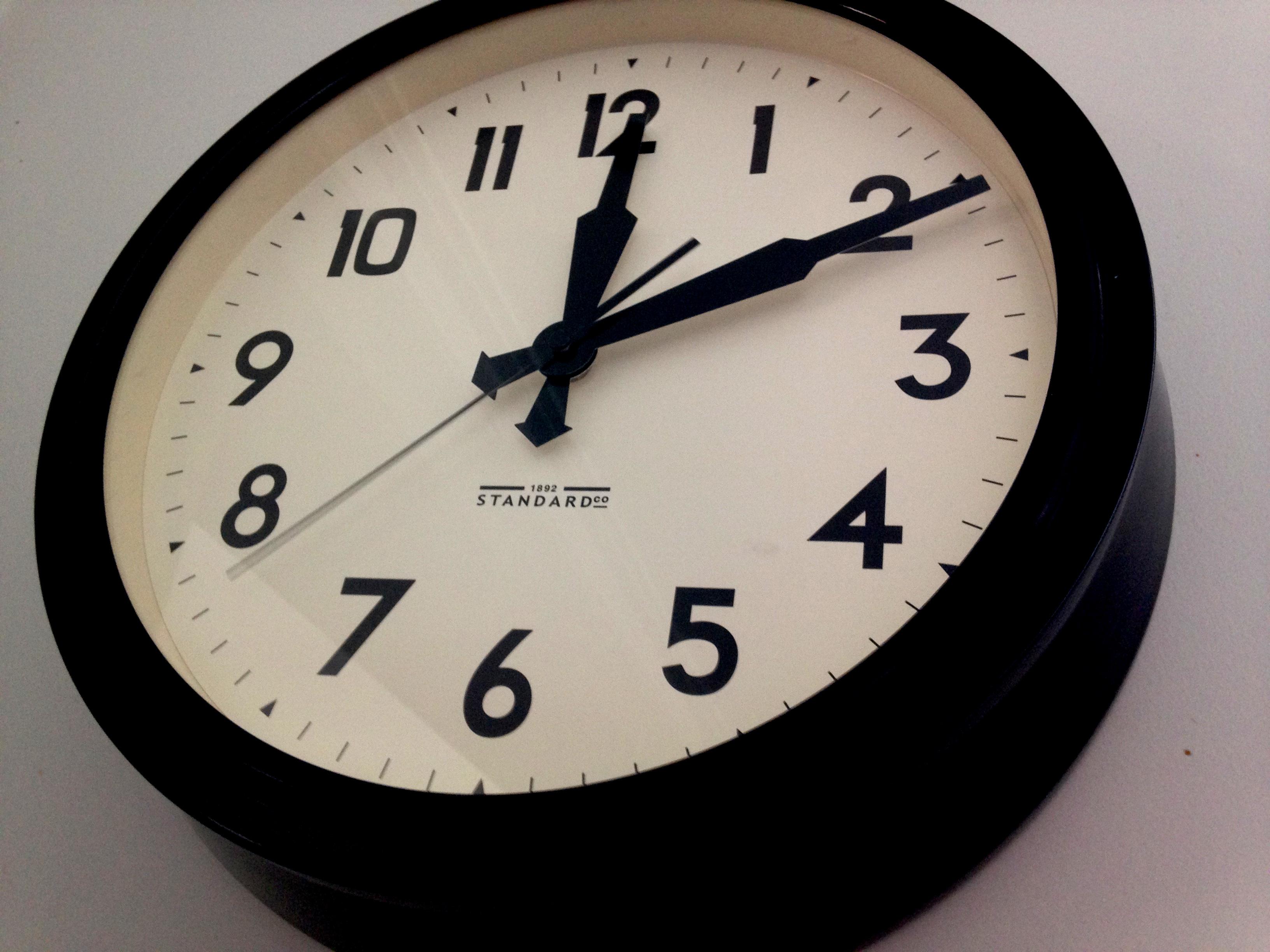What Is Daylight Saving Time?
 You probably already know about Daylight Saving Time which calls for local clocks to be set forward an hour during summer and back an hour when fall arrives. What you may not know is that not every territory or time zone in the world follows the same principles when it comes to Daylight Saving.
You probably already know about Daylight Saving Time which calls for local clocks to be set forward an hour during summer and back an hour when fall arrives. What you may not know is that not every territory or time zone in the world follows the same principles when it comes to Daylight Saving.
For example, in the GMT time zone select countries switch to a different time zone completely instead of altering their clocks. In the United Kingdom, they switch to British Summer Time or BST from Greenwich Mean Time (GMT).
The popular saying, "spring forward and fall back" has been coined to help people remember the Daylight Saving process which happens on an annual basis. You set your clocks forward in the spring and lose and give up an hour when Daylight Saving starts, and then set your clocks back an hour in the fall when it's over, regaining an hour of daylight.
Benjamin Franklin, the renowned inventor and politician from the US, first proposed the idea of Daylight Saving in 1784. However, it didn't start making waves until 1895 when a New Zealand entomologist named George Vernon Hudson came up with a similar proposal for a two-hour Daylight Saving time change. Germany was actually the first country to adopt DST on April 30, 1916.
To discern which time zones and countries follow DST you have to look at the different hemispheres of the Earth.
Daylight Saving Time in the Northern Hemisphere
Most countries in the northern hemisphere -- which is north of the equator -- follow DST rules, but that doesn't necessarily mean all of them do. Daylight Saving falls between March and November, starting in March and April and ending in September or November.
When Daylight Saving is not active it is considered standard time in these areas. Countries affected by DST in the northern hemisphere include the United States, Canada, Central America, Europe, Asia and northern Africa.
Daylight Saving Time in the Southern Hemisphere
In the southern hemisphere -- located south of the equator -- there are fewer countries that use DST. The pattern is almost exactly opposite of what's adopted in the northern hemisphere.
Daylight Saving starts in September or November and ends in March or April. Adversely, standard time is between April and November when DST is not active.
Why Is DST Used?
The idea behind Daylight Saving is that it helps territories that use it to conserve sunlight. The further away from the Earth's equator you go, the more noticable the light difference is. In the northern and southern poles it's especially obvious.
Arguments can also be made for energy conservation, fewer road accidents and injuries, and more. There's even a study that argues the opposite, claiming that DST can negatively affect one's health due to a decrease in total sleep and disruption of our body clocks -- resulting in more heart attacks.
While we do always set our clocks forward -- or back -- in hour increments today, that wasn't always the case. In the past, different variations of time adjustments have been used for DST.
So, the next time you spring forward or fall back, remember that not everyone across the world will be doing the same, and why it's important.
Related Articles:
Tips for Dealing with Daylight Saving Time